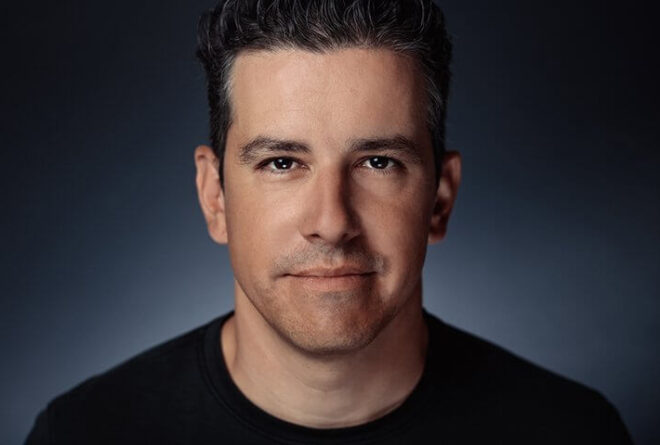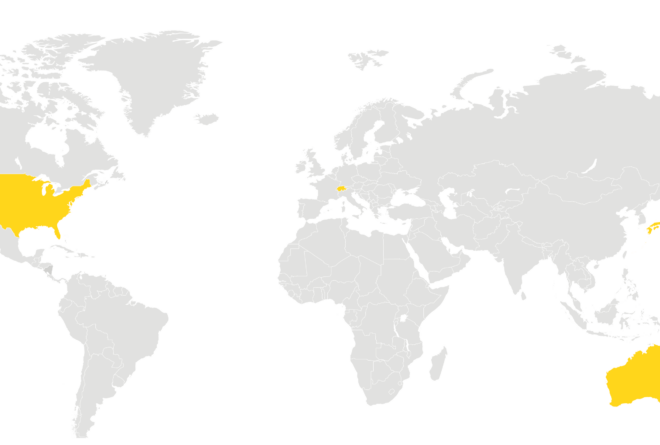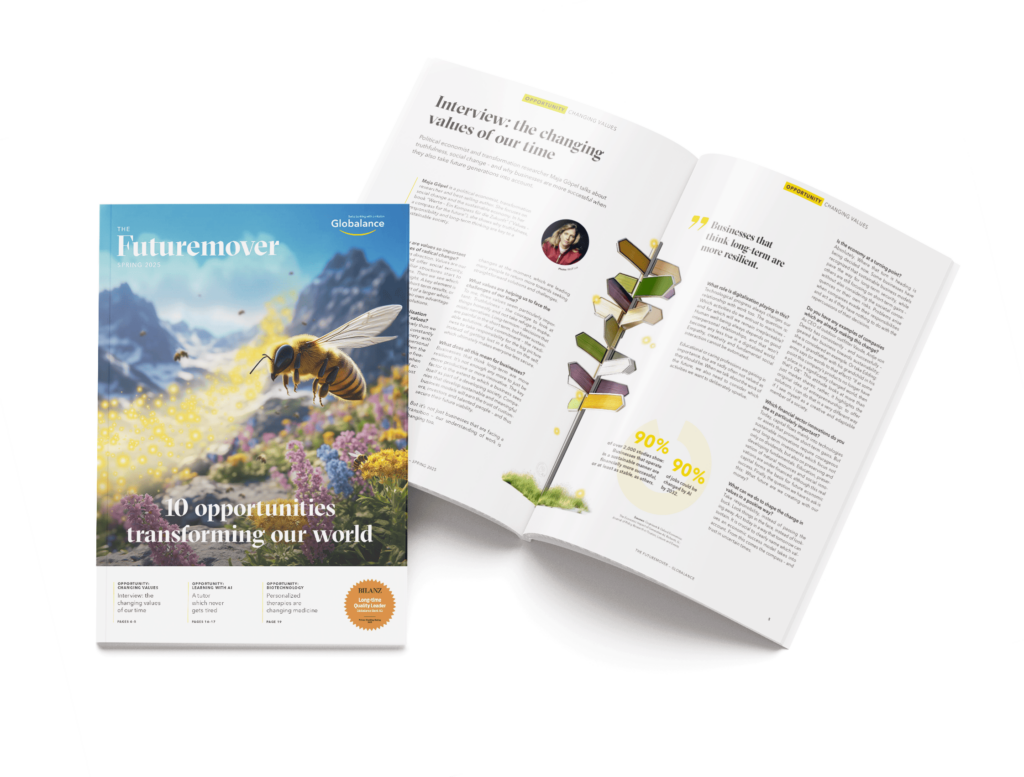News & Trends
Long Life

Long and Happy?
Physical and mental fitness, vitality and a healthily lifestyle are highly valued. They underpin increased life expectancy, together with medical progress, access to adequate health care and better hygiene and working conditions — all in all, increased prosperity.
While a European today is on average 13 years older than in 1950 and can expect to live to be over 80 years old, life expectancy in sub-Saharan Africa is less than 60 years. The global average is currently 72, and the discrepancy is easy to explain. The more affluent the society, the older the person becomes.
By 2050, the number of people over 60 will have doubled.
By then, one in four Europeans and North Americans will be over 65. The trend of ageing populations affects many countries. The main cause of this development is the changing birth rate. Fewer and fewer children are being born in the industrialized countries and some emerging countries are also experiencing a declining birth rate.
Another reason is the changed world of work in which both parents are often employed. The education of women is a strong influencing factor, which makes economic independence possible and leads to self-determination. In many developing countries, however, there is a high fertility rate. For example, a woman in Afghanistan has an average of 4.7 children.
Downaging — Grow Old Healthy
Redefining the traditional concept of age? Aging and the burden of old age are negative terms of the past. Although in industrialized countries today there is one pensioner for every three people of working age, in 1990 the ratio was still 1:5. But the gap between perceived and actual age is currently widening. Older people today feel up to 15 years below their biological age, and in relative terms they are. At 65, life has an average of 15 more years in store for them, not so long ago it was eight.
Long Live the Human
There is a growing trend away from the classic three-stage life cycle of training — working life — retirement. Growing health awareness and the “perceived age” of the silver generation are already having an impact on the labor markets. The aim is often no longer to retire as early as possible, but to remain active for a long time. The number of 60 to 64-yearolds in the working world, for example, already rose by 21 percent between 2000 and 2010. Part-time working models beyond retirement age are also becoming increasingly popular.
Nevertheless, household spending in ageing economies will shift steadily. Nursing care is also facing an increasing burden. Innovative companies that offer novel technologies and solutions for more effective and cheaper care will benefit from demographic change.



